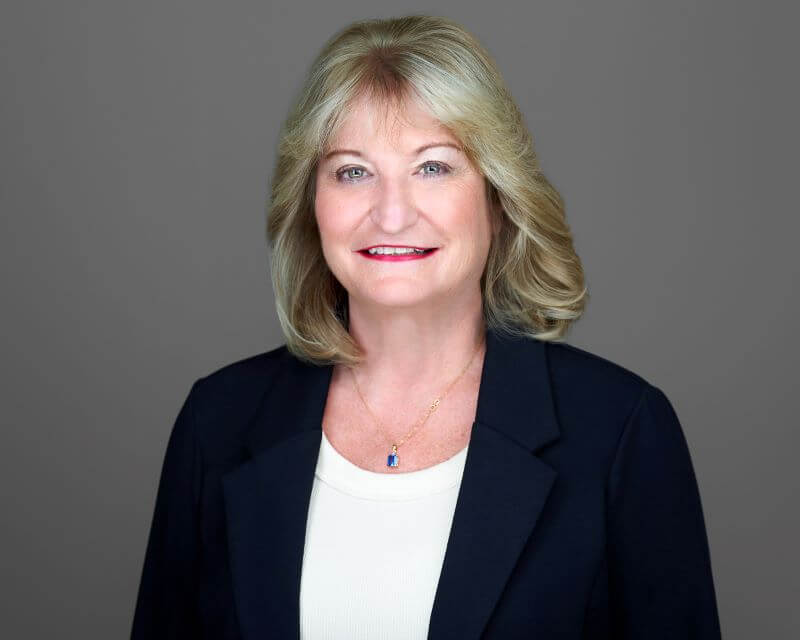If you are in the market for a new job, then you’ll find LinkedIn to be a highly essential job-search tool. The basic service is free, and that’s really the only service you will need. In my view, you should rev up your social networking efforts with LinkedIn to make professional networks and expedite your job-search process. There are social networking rules that are important to follow, and I’ve listed my top five “Dos and Don’ts” below:
1) DO connect with your friends.
Do create a profile, and start connecting with your friends, acquaintances, classmates, colleagues, co-workers, business partners, both past and present, and others—even strangers—who would serve as beneficial professional connections. LinkedIn offers a great way to reconnect and begin fresh connections. Some tips:
a) Download your Outlook address book so that LinkedIn can find your friends who are already members.
b) Use the “Find Colleagues and Find Classmates” functions to find people you know from school and past jobs; and
c) Invite friends who aren’t already LinkedIn users to join the network—you’ll be helping them get connected at the same time you grow your own network.
2) DON’T become an invitation spammer.
It’s tempting to start sending “connect to me” invitations to every Tom, Dick, and Harry you find on LinkedIn, but this is considered bad manners. If you want to reach out to someone whom you’ve spotted because he/she has an enticing profile, send that person a contact request rather than an invitation to join your network. Your contact request could say something like, “I’ve ready your LinkedIn profile and thought you would be a great connection because you work for xxx or with xxx or are in expert in xxx and I’d like to know more about your expertise.”
3) DO unto others….
Do not send connection invitation to members identifying that no new connection invitations will be accepted. If you send an invitation and the invitation is not accepted, it will show that the request is pending. Sometimes, people set up LinkedIn profiles but never sign back on. Don’t be disgruntled if your invitation isn’t accepted; rather, move on to someone else.
4) DON’T make assumptions.
Do not indicate to potential connections that you expect them to link up with you. Just because you served on the same committee or because your kids are best friends doesn’t guarantee a connection. Don’t be offended if people forget how they know you. It can be embarrassing for them, so you may want to extend a professional courtesy by including a subtle reminder when you send the invitation to connect, such as, “I’m glad to see you on LinkedIn and I’d like to connect with you. Several years ago, we attended a dinner party for the ABC Corp.”
5) DO keep your profile current.
Do keep your profile current. It’s only fair because you expect others’ profiles to be current, too (hence the reason for connecting). If you change jobs, then update your LinkedIn profile. Some people may request to connect with you because you work for a specific employer. If you continue your education and earn a higher-level degree or even if you learn a new skill, update your profile. If you are seeking employment, the new education or skill might just be what a potential employer is looking for.
I have been using social media for all of CareerPro Global’s hiring for the past three years. I join specific groups where I know the type of employees or other industry professional will most likely belong. After advertising and finding the best people to fill our positions, I have found that social media is now our go-to place to use for the vast majority of our company’s hiring. The candidates seem to be more engaged because it takes effort to keep up with social media— and you know how the sayings go…everything good takes effort and doesn’t come for free, even your time.
Barbara Adams is the President and CEO of CareerPro Global, Inc. (CPG). She has been on the leading edge of SES application development for decades. Committed to providing world-class service, she has also built an SES writing team that has assisted more than 2,500 clients develop their application materials. Ms. Adams has been featured on TV and radio and as a presenter at numerous career conferences. She is the co-author of the book Roadmap to the Senior Executive Service: How to Find SES Jobs, Determine Your Qualifications, and Develop Your SES Application.
